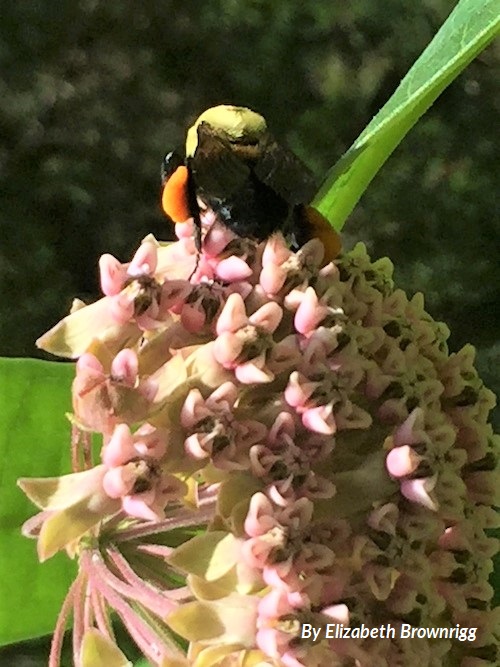By Elizabeth Brownrigg
Since 1970, people worldwide have set aside one April day to celebrate our planet and its environment. This Saturday, April 22, we'll again observe Earth Day with hikes, electric vehicle demonstrations, stream clean-ups, and more events that allow us to "explore, enjoy and protect our planet," in the words of the Sierra Club motto.
We know that an effective fight against climate change must be led by industry and government - the biggest organizations that have the biggest impact on our environment. The best way for us as individuals to make real changes happen is to pressure these big players into converting to clean energy and reducing the use of fossil fuels.
Our inspiration springs from our ordinary days. They remind us of who we are and what we care about.
Try this exercise:
- In your yard, or a park, or a forest, stand in one spot.
- Keeping your gaze level, turn slowly around in a circle.
- Take four minutes to turn around, spending a minute on each quarter circle.
- What do you see?
We can open a window of rebellion against a culture of using up the earth and always wanting more. At home, cultivate a living space that sustains wildlife. My urban yard houses a water garden where green frogs live. The water attracts dragonflies, water striders, and flocks of thirsty birds. Bees visit the milkweed we have planted.
And though global action is critical, our small choices matter, too. Ride a bike to work. Warm up for your exercise class by walking to the gym. Use a rake instead of a gas-powered leaf blower. Take a bus to go shopping. Electric vehicles are getting cheaper and the electric vehicle infrastructure is expanding, so make your next car a plug-in.
We strengthen our community with our individual actions. From that strong community and the insights gained in our daily lives, we find the power to drive the bigger global changes that continue to honor our earth, all year round.
Elizabeth Brownrigg, a Sierra Club member in Durham, helps produce our blogs on clean energy, public lands, and other conservation priorities of the N.C. Chapter.
